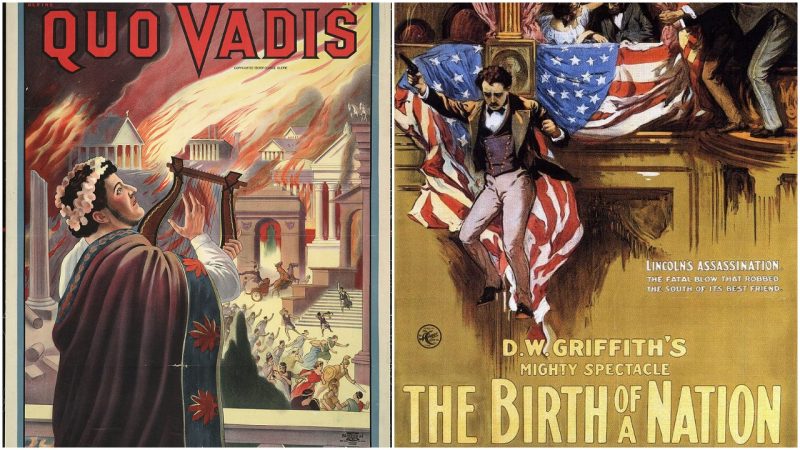For the past several decades, the term “blockbuster” has been associated with financially successful, big-budget feature films. Interestingly, the term itself was originally used to describe high-capacity aerial bombs employed by the British Royal Air Force during World War II: these bombs were infamously nicknamed “blockbusters” because they were capable of destroying entire blocks of buildings.
In the early 1940s, American journalists and cinema critics started using the term as a description for films that broke ground and appealed to both the audiences and the critics of the time.
Nowadays, the meaning of the term is somewhat ambiguous. Although successful films are still dubbed blockbusters, the term has also acquired some negative connotations, because it appears as if contemporary filmmakers seem to spend countless millions on special effects and superstar casts only so that their films could be dubbed “blockbusters.” Such films may feature underdeveloped stories and shallow characters and can end up becoming stains on the careers of their makers. These include Superman IV: The Quest for Peace, Masters of the Universe, Catwoman, Battlefield Earth, Green Lantern, and Transformers: Revenge of the Fallen.
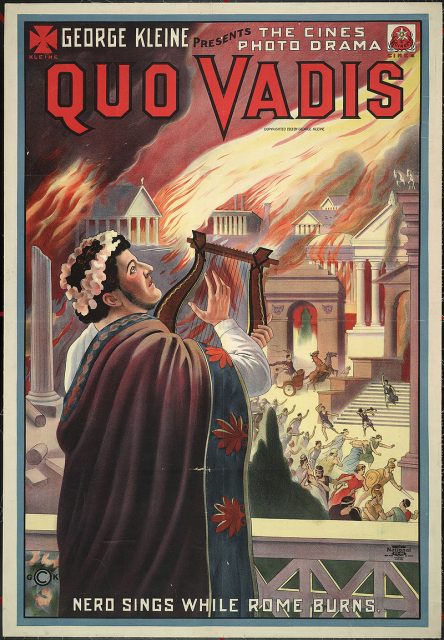
Since the term “blockbuster” has become a part of our cinematic vocabulary, critics and film historians have set out to pinpoint the first blockbusters in the history of cinema, even though they were made long before the term was coined. The prestigious title of the first such film goes to Quo Vadis, a 1913 historical epic directed by Enrico Guazzoni, an Italian cinematic pioneer. The film, which features over 5,000 extras, huge and insanely elaborate sets, and a number of wild animals such as lions and elephants, tells the story of a turbulent Roman love affair that takes place during the reign of Emperor Nero.
Another Hollywood blockbuster, the film which seems to have kick-started the era of big-budget super-spectacles, was released two years later. The Birth of a Nation, a silent epic drama which was directed and co-produced by David Wark Griffith, a filmmaker who introduced a number of revolutionary cinematic techniques, takes place during the Civil War and the Reconstruction era. The plot follows the relationship of two families: the Stonemans, who support the Union, and the Camerons, who wholeheartedly back the Confederacy.
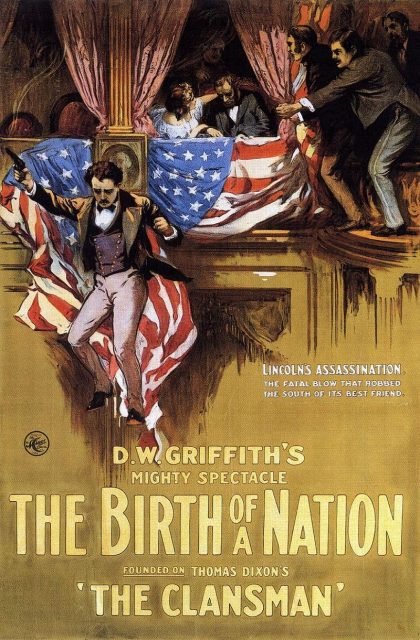
Despite The Birth of a Nation‘s groundbreaking camera techniques, a three-hour run-time, and an astronomical budget, Hollywood’s first blockbuster was a film which the American cinema would like to forget. It is considered distasteful and catastrophically offensive, as it overtly supports racism and idolizes the Ku Klux Klan. In fact, many historians claim that the film’s one-sided portrayal of reactionary and extremist ideas was solely responsible for the second formation of the KKK, which occurred in 1915. Frighteningly, the KKK actually used the film as a recruiting tool for new members. However, at the time of its release, the film was extremely popular. In fact, it was so popular that it remained the highest-grossing Hollywood film until 1939 when it was surpassed by the classic Gone with the Wind.
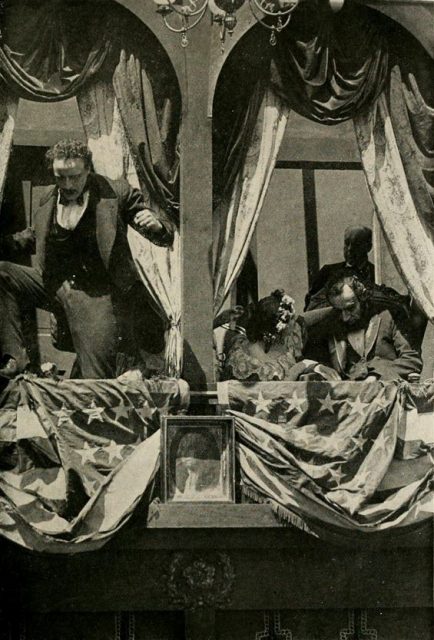
When then-President Woodrow Wilson, who was unaware of the film’s controversial subject, learned of the hype that surrounded The Birth of a Nation, curiosity prompted him to organize a private screening at the White House. When the screening was over, he was so appalled by the film’s content that he publicly expressed his sympathy for the activists who wanted the film to be banned from cinemas.
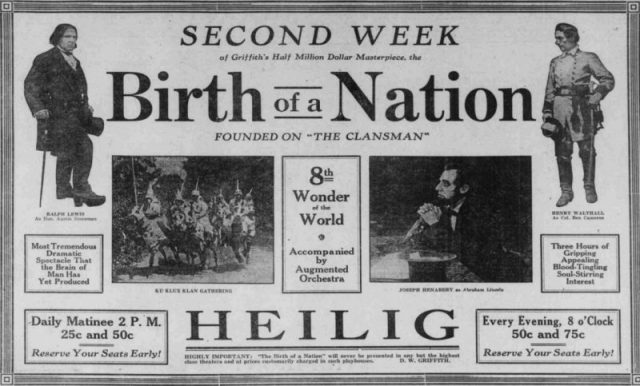
Unfortunately, the campaigns which sought to ban the film, including the one initiated by the National Association for the Advancement of Colored People, all failed and the film was distributed across the United States.
This blockbuster inspired many future directors with its cinematography and grandiose sets. Sadly, it also inspired a tragic wave of hatred, violence, and extremism. Nowadays, The Birth of a Nation represents innovative cinematic solutions devised by early filmmakers, but it also reminds us that vintage Hollywood wasn’t always classy and benign.
